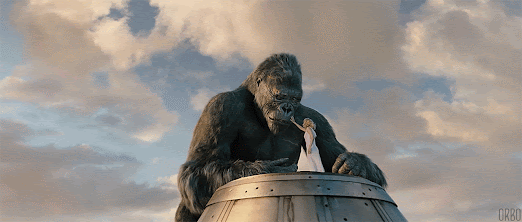
Below is my current list of favorite movies set in the 1970s:
FAVORITE MOVIES SET IN THE 1970s

1. American Gangster (2007) - Denzel Washington and Russell Crowe starred in this biopic about former Harlem drug kingpin, Frank Lucas and Richie Roberts, the Newark police detective who finally caught him. Ridley Scott directed this energetic tale.

2. Munich (2005) - Steven Spielberg directed this tense drama about Israel's retaliation against the men who committed the Munich massacre at the 1972 Summer Olympics. Eric Bana, Daniel Craig and Ciarán Hinds starred.

3. Rush (2013) - Ron Howard directed this account of the sports rivalry between James Hunt and Niki Lauda during the 1976 Formula One auto racing season. Chris Hemsworth and Daniel Brühl starred.

4. Casino (1995) - Martin Scorsese directed this crime drama about rise and downfall of a gambler and enforcer sent West to run a Mob-owned Las Vegas casino. Robert De Niro, Joe Pesci and Sharon Stone starred.

5. The Post (2017) - Steven Spielberg directed this fascinating look about The Washington Post's efforts to publish "The Pentagon Papers", the controversial Department of Defense documents about the Vietnam War. Meryl Streep and Tom Hanks starred.

6. Super 8 (2011) - J.J. Abrams directed this science-fiction thriller about a group of young teens who stumble across a dangerous presence in their town, after witnessing a train accident, while shooting their own 8mm film. Joel Courtney, Elle Fanning and Kyle Chandler starred.

7. Tinker, Tailor, Soldier, Spy (2011) - Gary Oldman starred as George Smiley in this recent adaptation of John le Carré's 1974 novel about the hunt for a Soviet mole in MI-6. Tomas Alfredson directed.

8. Apollo 13 (1995) - Ron Howard directed this dramatic account about the failed Apollo 13 mission in April 1970. Tom Hanks, Bill Paxton and Kevin Bacon starred.

9. Nixon (1995) - Oliver Stone directed this biopic about President Richard M. Nixon. The movie starred Anthony Hopkins and Joan Allen.

10. Frost/Nixon (2008) - Ron Howard directed this adaptation of the stage play about David Frost's interviews with former President Richard Nixon in 1977. Frank Langella and Michael Sheen starred.











































